Picture a creature with the bill of a duck, the tail of a beaver, webbed feet, and a venomous spur. Now imagine it lays eggs, glows under ultraviolet light, and can sense the faint electric signals of its prey underwater. No, this isn’t some mythical beast or a product of wild imagination—it’s the platypus. Each time scientists peek deeper into the world of this baffling mammal, they find it defying expectations, growing even stranger. Let’s journey into the curious universe of the platypus, where science fiction seems to leap out of reality and evolution seems to have played a mischievous trick.
A Mammal That Lays Eggs: The Ultimate Outlier
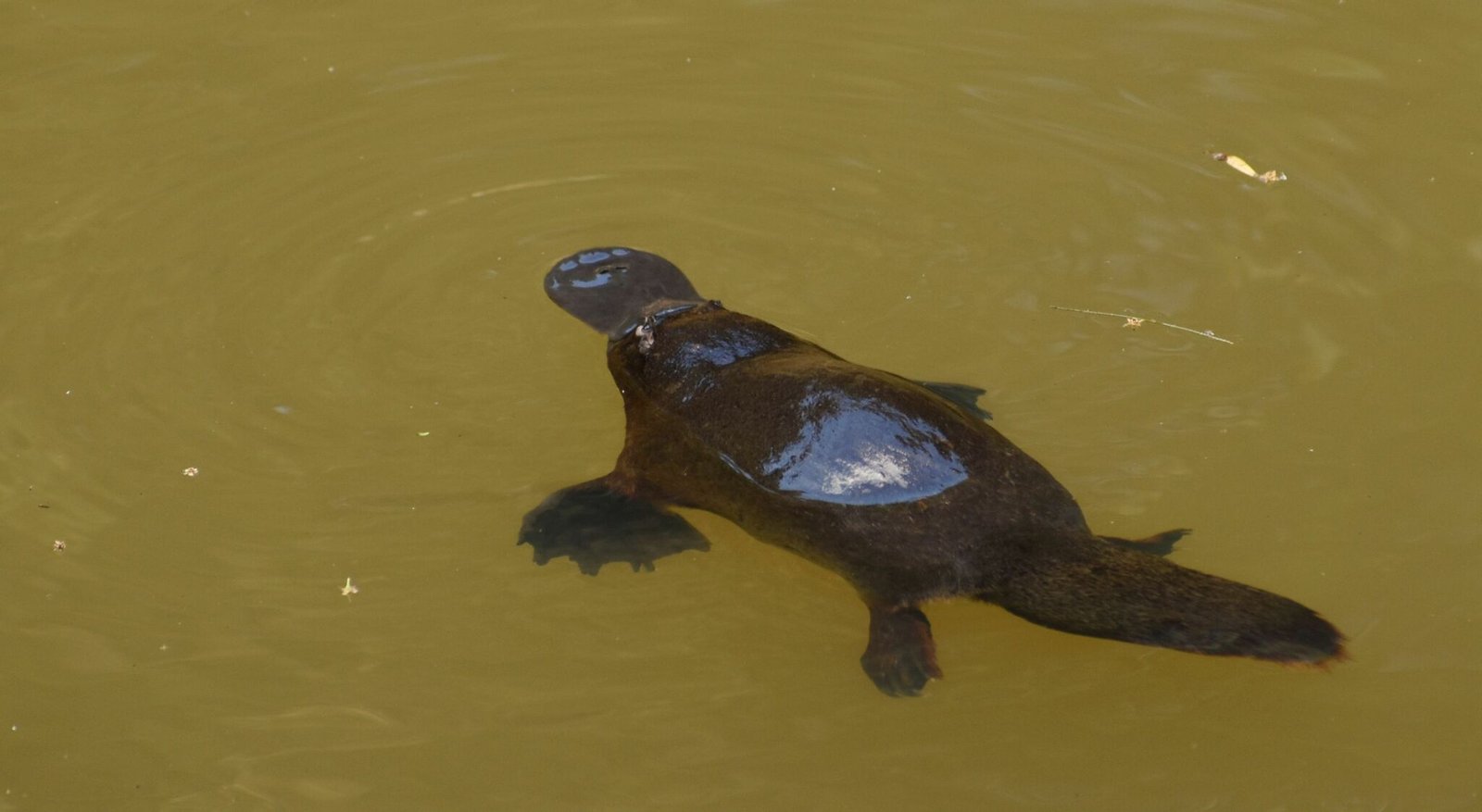
The platypus already breaks one of the cardinal rules of being a mammal: live birth. Instead, the female platypus lays eggs, carefully curling her body around them for warmth and protection. This rare trait is shared only with the echidna, but the platypus takes the spotlight with its aquatic lifestyle. Scientists have long puzzled over how a mammal could retain such an ancient reptilian feature. The eggs themselves are leathery, not hard like a bird’s, and hatch after about ten days, turning the mother into an around-the-clock caretaker. It’s a mind-bending blend of reptile and mammal, all rolled into one furry package.
Bill Like a Duck, But All Platypus
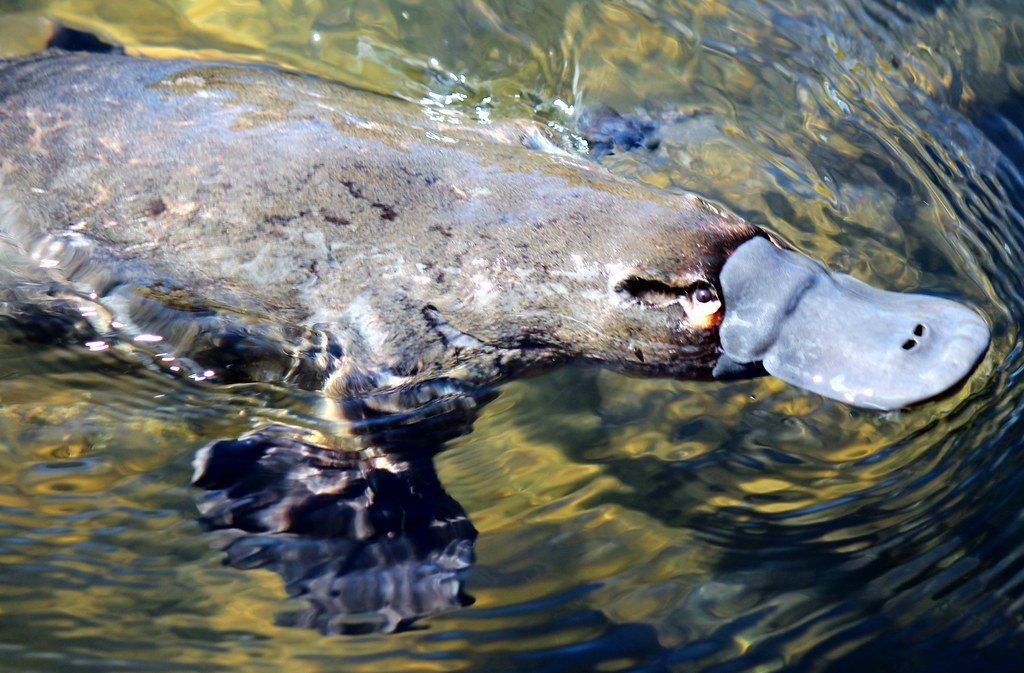
The platypus’ iconic bill looks like it’s been borrowed from a duck, yet it’s a marvel of evolution. Unlike a bird’s beak, the bill is soft, covered with sensitive skin, and packed with electroreceptors. These special sensors allow the platypus to detect the electric fields generated by the muscle contractions of insects and small creatures underwater. This hunting method is so unique that biologists often compare the platypus to a living submarine, using a sixth sense to “see” in murky rivers where eyesight is useless. The bill is both a tool and a superpower—one that no other mammal can claim.
Webbed Feet and Beaver-Like Tail: Built for Water
The platypus spends much of its life in the water, and its body is a testament to aquatic adaptation. Its webbed front feet act like paddles, making it a swift and agile swimmer. When on land, the webbing folds back, revealing sharp claws useful for digging burrows. The broad, flat tail serves as a rudder in the water and a fat storage bank for lean times. Every feature seems perfectly engineered for a double life—like a secret agent switching effortlessly between land and water.
Venomous Spurs: An Unexpected Weapon
It’s not just the bill and eggs that set the platypus apart. Male platypuses have venomous spurs on their hind legs, used during territorial battles in the breeding season. The venom isn’t lethal to humans but causes excruciating pain, swelling, and sometimes even long-term effects. Scientists were shocked to discover a mammal capable of delivering venom, a trait more common in snakes and spiders. The cocktail of toxins in platypus venom is so unique that researchers are studying it for potential medical breakthroughs, including painkillers.
Milk Without Nipples: Feeding the Next Generation
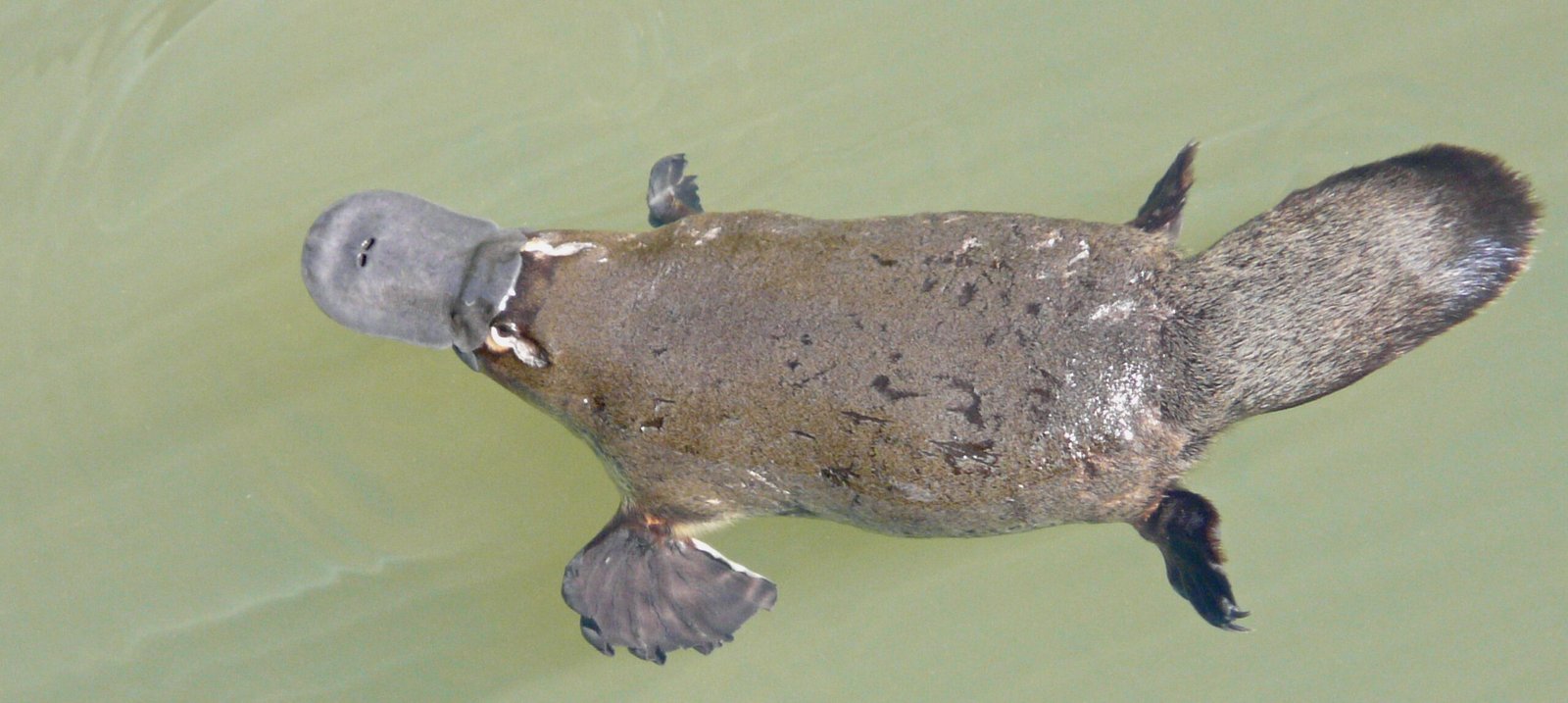
Another twist in the platypus’ story is how it nourishes its young. Unlike most mammals, the platypus doesn’t have nipples. Instead, milk seeps through openings in the skin and pools onto special grooves on the mother’s abdomen. The babies lap up the milk directly from her fur, a primitive yet effective feeding strategy. This method harks back to a time before mammals evolved proper teats, providing a living snapshot of evolutionary history in action.
Genes from All Over the Family Tree

The platypus genome is a patchwork quilt, with pieces that seem to come from mammals, birds, and even reptiles. When scientists mapped its DNA, they found genes for egg-laying, venom, and even the ability to detect underwater electrical signals. The platypus is a genetic time capsule, preserving traits from distant ancestors that have vanished in other mammals. Its chromosomes include features found in birds and reptiles, making it an evolutionary enigma that’s helping researchers unravel the tangled roots of the mammal family tree.
A Glow-in-the-Dark Mystery
Just when you think the platypus couldn’t get any stranger, researchers discovered in 2020 that its fur glows under ultraviolet light. In darkness, the normally brownish fur shines a blue-green color when exposed to UV rays. No one is quite sure why—some suggest it might help with camouflage, or perhaps communication among platypuses. The discovery was so surprising that scientists had to double-check their results. Nature, it seems, still keeps a few secrets up her sleeve.
Ecological Superpowers: Sensing the Invisible
Diving with eyes, ears, and nostrils tightly shut, the platypus relies entirely on its bill’s electroreception and touch. This ability allows it to sense tiny movements and electric signals from prey buried in muddy riverbeds. The platypus can even distinguish between living and non-living objects by the distinct electrical pulses. This superpower isn’t just rare—it’s almost unheard of in mammals, putting the platypus in a league of its own.
Ancient Origins: A Living Fossil
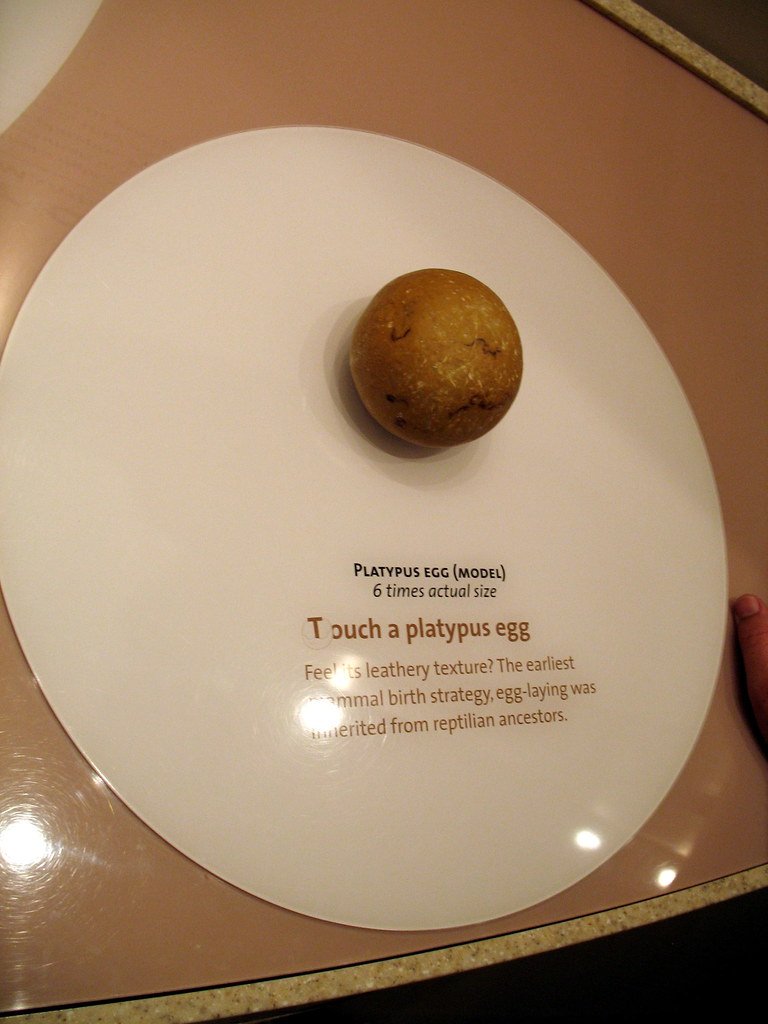
Fossil records show that the ancestors of the platypus were swimming through prehistoric rivers over 100 million years ago, side by side with dinosaurs. Some fossils reveal a platypus-like creature with teeth, suggesting that today’s toothless bill evolved much later. The platypus is often called a “living fossil,” but that doesn’t mean it’s unchanged; rather, it’s a survivor, carrying the genetic baggage of ancient times while still adapting to the modern world.
Unraveling Platypus Venom: The Search for New Medicines
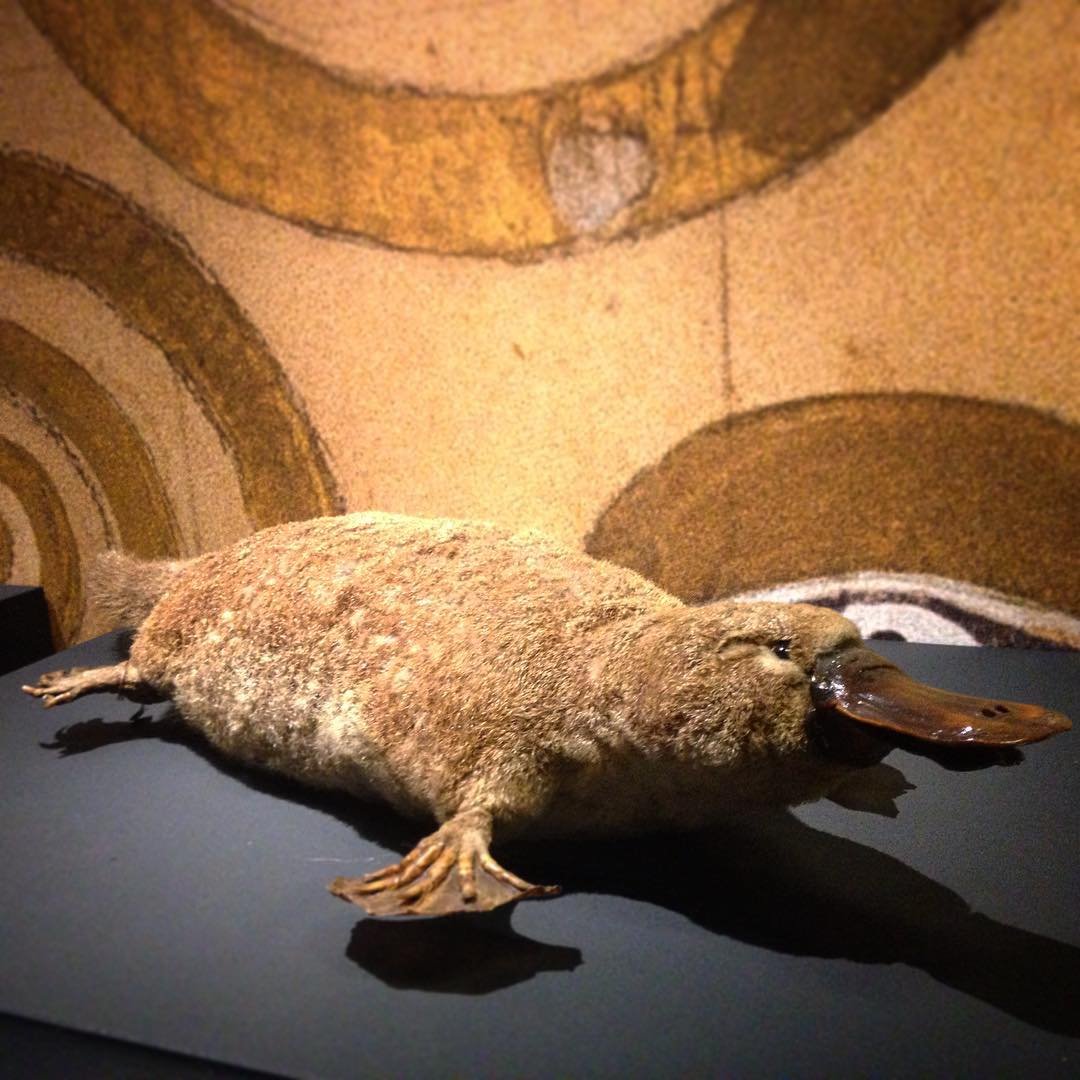
Platypus venom contains a complex mixture of proteins, some of which are found nowhere else in nature. Scientists are studying these proteins for their potential to inspire new painkillers and antibiotics. The venom’s pain-inducing properties are unlike those of snakes or insects, giving researchers a fresh blueprint for designing drugs. The platypus, in its strangeness, could hold the key to future medical breakthroughs.
Platypus in Peril: Facing Modern Threats
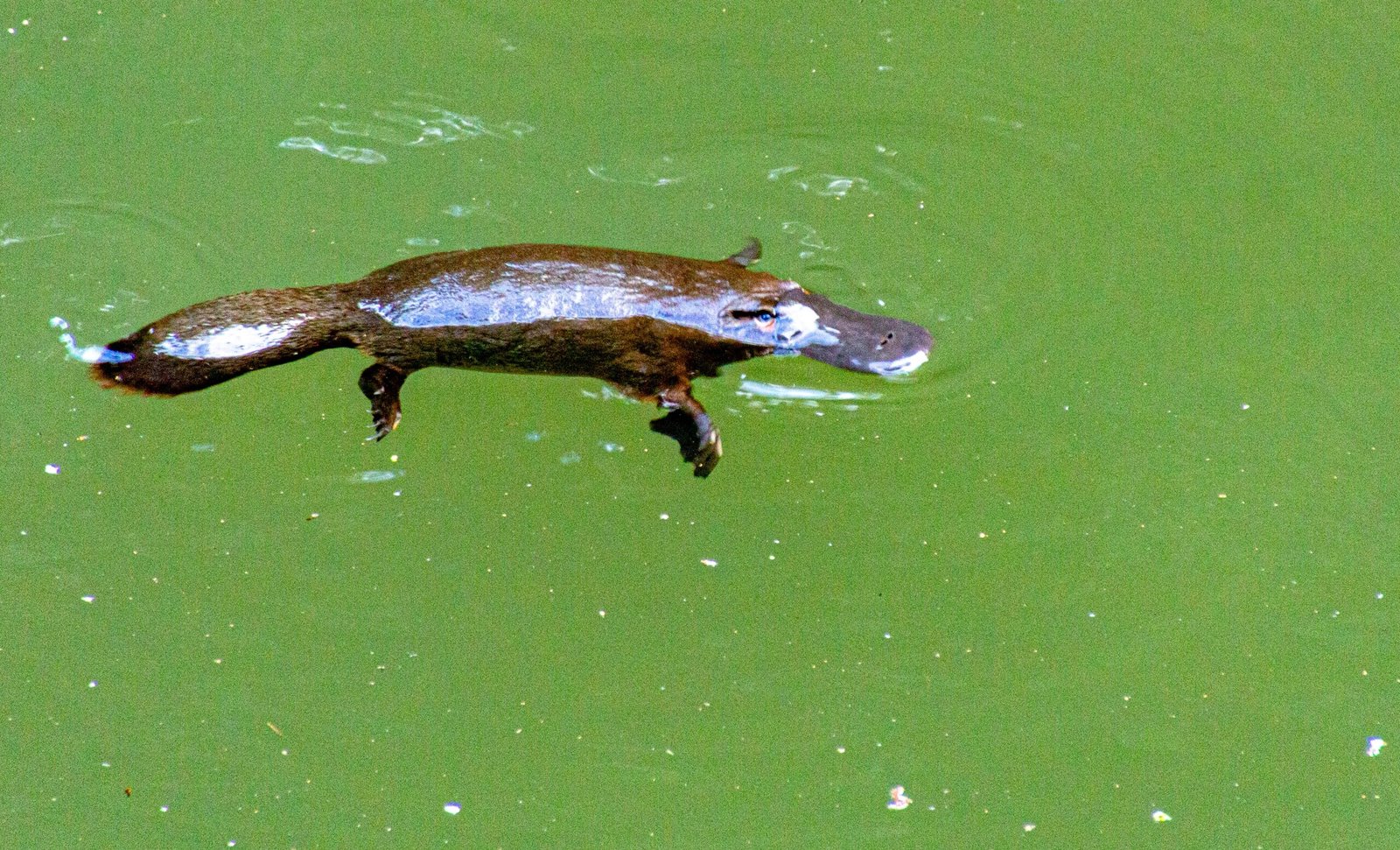
Despite its resilience, the platypus faces mounting dangers from habitat loss, pollution, and climate change. Rivers are being dammed, forests cleared, and water quality is declining. Platypuses are sensitive to changes in their environment, making them early warning signals for ecosystem health. Conservationists are sounding the alarm, urging action to protect this ancient survivor before it slips away forever.
Breeding Secrets: The Challenge of Platypus Parenthood

The platypus mating ritual is a delicate dance, with males and females circling and nipping at each other before pairing up. After mating, the female disappears into a carefully constructed burrow, plugging the entrance with mud to keep out predators. She lays her eggs deep inside, nurturing them until they hatch. Raising platypus young is fraught with danger, from flooding to hungry predators. Only the most diligent mothers succeed in raising the next generation.
Platypus in Aboriginal Lore: A Creature of Legend
Long before European scientists puzzled over the platypus, Indigenous Australians wove it into their stories. In Aboriginal Dreamtime legends, the platypus is a symbol of unity, born from the union of a water rat and a duck. Its mix of features is seen as a lesson in acceptance and diversity. These stories remind us that the platypus has inspired wonder for millennia, not just in the lab but in the hearts of people who share its world.
Platypus Research: A Never-Ending Puzzle
Every new study seems to turn up another surprise. From the platypus’ unusual sleep patterns to its mysterious immune system, researchers keep finding twists that challenge what we thought we knew about mammals. Even basic questions—like how many platypuses exist in the wild—remain unanswered. The more we learn, the more we realize how much is left to discover.
Human Encounters: Curiosity and Caution
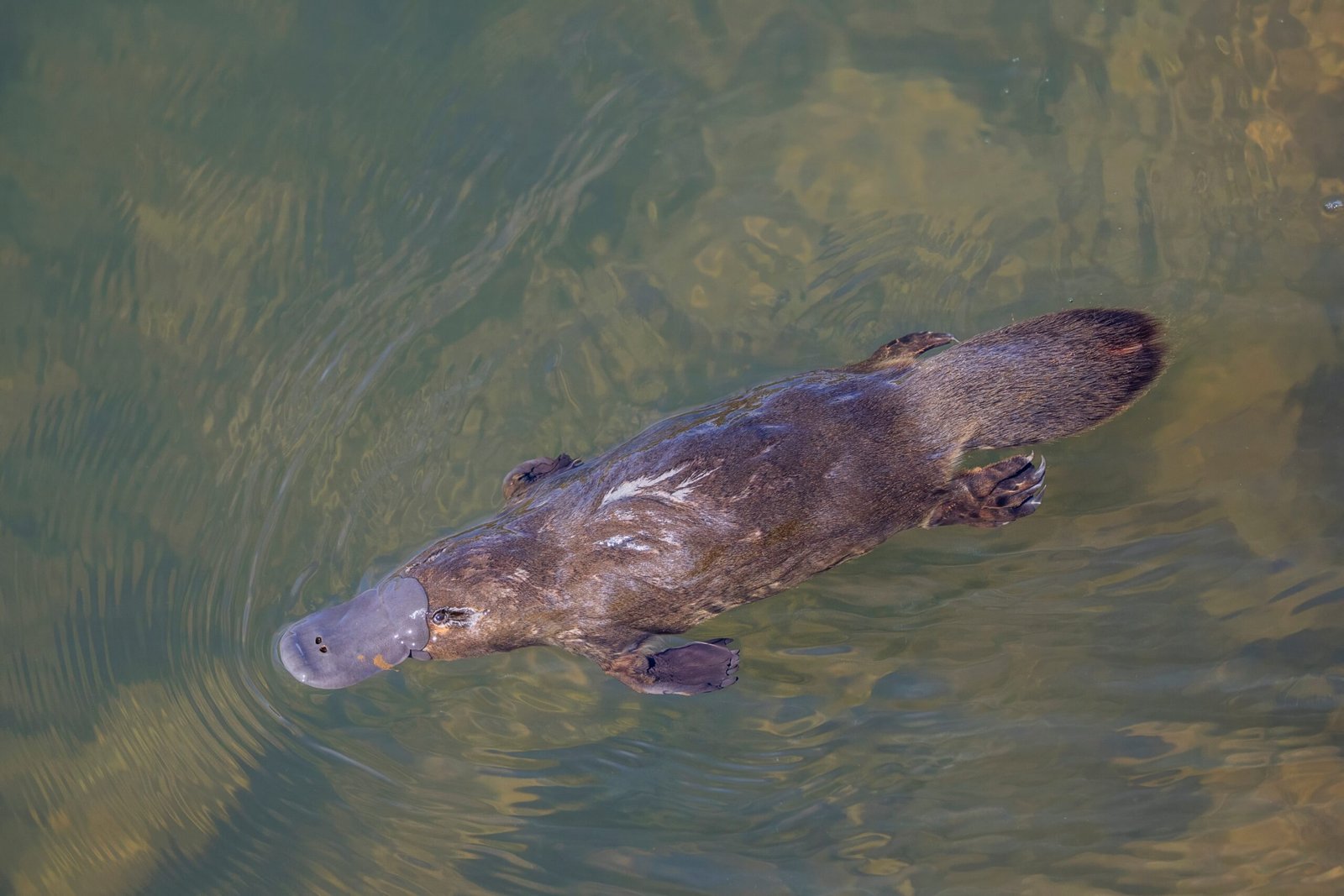
Spotting a platypus in the wild is a rare thrill, even for seasoned naturalists. They’re shy, elusive, and prefer the quiet creeks of eastern Australia. Some people have been lucky enough to watch one hunt at dawn or dusk, marveling at its odd movements and playful dives. Yet, those who’ve gotten too close have learned to respect its venomous spur—a reminder that the platypus, for all its cuteness, is not to be underestimated.
The Platypus Genome: Unlocking Evolution’s Secrets
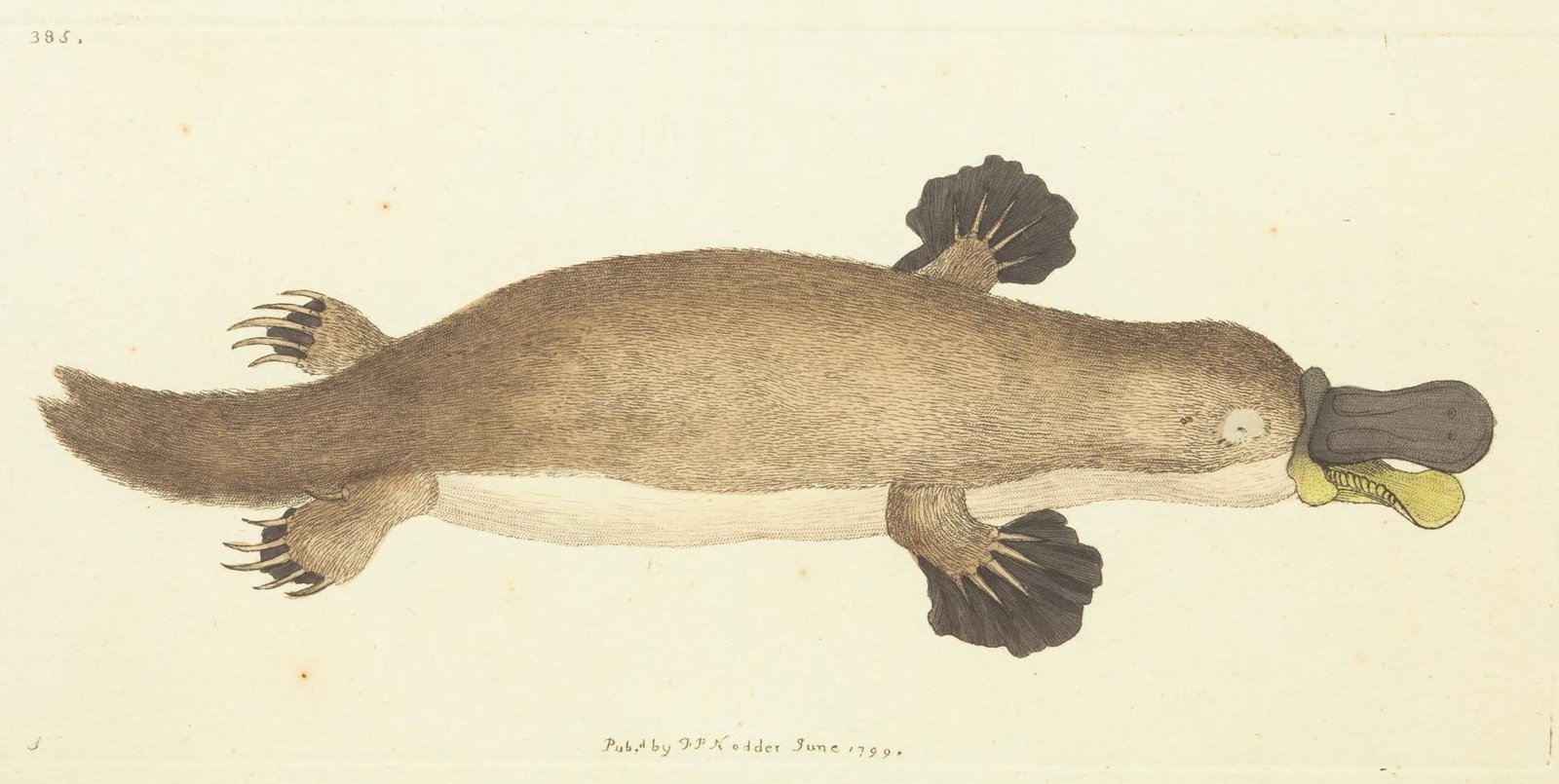
Sequencing the platypus genome was like opening a time capsule. Scientists found genes for egg-laying, milk production, and venom—all in one animal. The genetic makeup is so odd that it helps explain how mammals evolved distinct features over millions of years. Studying the platypus genome is helping researchers piece together the puzzle of mammalian evolution, revealing connections to ancient ancestors and shedding light on why mammals are so diverse today.
Platypus Conservation: Hope for the Future
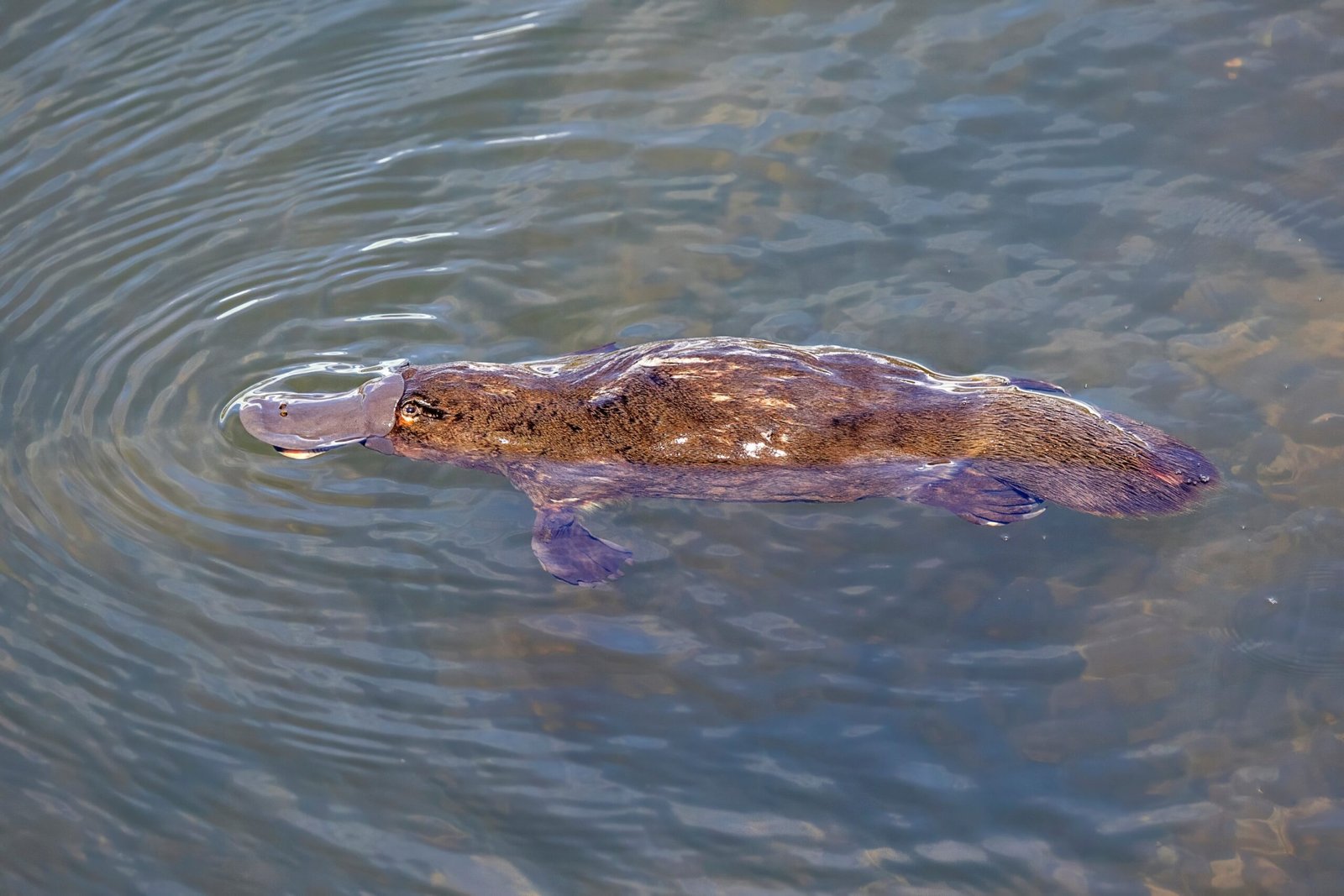
Efforts to save the platypus are gaining momentum, with scientists, conservationists, and local communities working together. Rivers are being restored, pollution reduced, and awareness campaigns launched. Captive breeding programs are exploring how to support population growth and reintroduce platypuses to areas where they’ve vanished. Protecting the platypus means safeguarding Australia’s rich biodiversity for generations to come.
Platypus in Popular Culture: The Star of Its Own Story
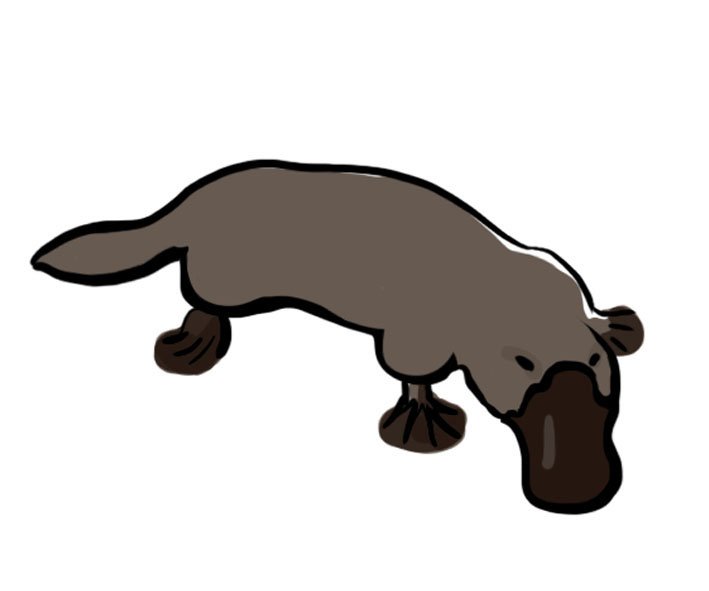
From children’s books to animated series, the platypus has captured imaginations worldwide. Its unique look has made it a beloved mascot, a symbol of Australia’s wild side, and even a comic book hero. This fame helps draw attention to its plight, inspiring people of all ages to care about its future. The platypus’ celebrity status is more than just fun—it’s a powerful tool for raising awareness and driving change.
A Living Reminder of Nature’s Wonders
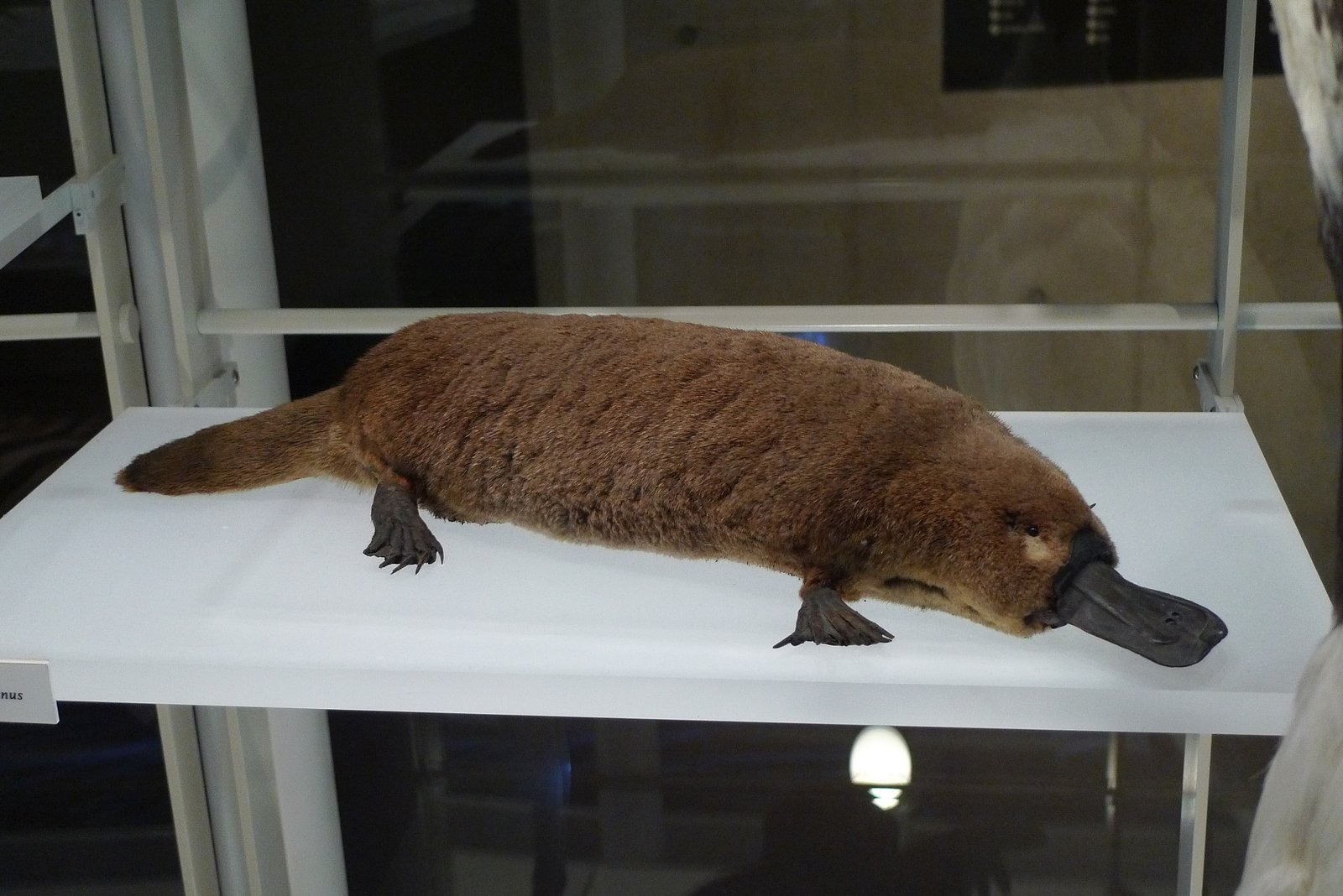
The platypus stands as a living reminder that nature doesn’t always follow the rules. It challenges our definitions, stretches our imagination, and proves that the natural world is full of surprises. In a time when so much of the planet feels mapped and measured, the platypus reminds us that mystery still flows through our rivers and creeps along our shores. Next time you think you’ve seen it all, just remember the platypus—and ask yourself, what other wonders are waiting to be found?



